1261
France was reigned by King Louis IX. Louis IX (25 April 1214 – 25 August 1270), also known as Saint Louis, was King of France from 1226 until his death in 1270. As an adult, Louis IX grappled with persistent conflicts involving some of the most influential nobles in his kingdom. Louis expanded his territory by annexing several provinces, including parts of Aquitaine, Maine, and Provence. Keeping a promise he made while praying for recovery from a grave illness, Louis led the ill-fated Seventh and Eighth Crusades against the Muslim dynasties that controlled North Africa, Egypt, and the Holy Land. He was captured and ransomed during the Seventh Crusade, and later succumbed to dysentery during the Eighth Crusade. His son, Philip III, succeeded him.
Roland wanted to be a temple knight. The Poor Fellow-Soldiers of Christ and of the Temple of Solomon, mainly known as the Knights Templar, was a French military order of the Latin Catholic faith, and one of the wealthiest and most popular military orders in Western Christianity. They were founded in 1118 to defend pilgrims on their way to Jerusalem, with their headquarters located there on the Temple Mount, and existed for nearly two centuries during the Middle Ages.
1307
In 1287 the Jews were expulsed form Gascony by Edward I.
Nicolas Donin was a Franciscan that decreed the burning of the Talmud. Nicholas Donin of La Rochelle, a Jewish convert to Christianity in early thirteenth-century Paris, is known for his role in the 1240 Disputation of Paris, which resulted in a decree for the public burning of all available manuscripts of the Talmud.In 1299 Philip the Fair announced that he wouldn't protect the Jews from the Inquisition. In 1299, Philip IV of France, known as Philip the Fair, revoked an earlier order that had prohibited the imprisonment of Jews by Inquisitors. This action essentially removed any protection they previously had from the Inquisition and ultimately led to the expulsion of all Jews from France in 1306.
The Bishop of Bordeaux was elected as the new pope, and he moved the papal court to Poitiers. In 1305, Clement V, who was previously the Archbishop of Bordeaux, was elected as the new Pope. He was elected during the 1304–1305 papal conclave held in Perugia. This conclave followed the death of Pope Benedict XI in July 1304. Clement V's election marked the beginning of the Avignon Papacy, a period where the Papal residence was moved from Rome to Avignon, France.
In 1306 Jews were arrested and expulsed. Toward the middle of 1306 the treasury was nearly empty, and the king condemned the Jews to banishment, and took forcible possession of their property, real and personal. Their houses, lands, and movable goods were sold at auction; and for the king were reserved any treasures found buried in the dwellings that had belonged to the Jews. The Knights Templars were arrested. On October 13, 1307, Philip IV, King of France, ordered the arrest of all the Knights Templar who were in France, accusing them of heresy, fraud, and corruption. Simultaneously, he sent letters to the monarchs of Portugal, Spain and England asking them to do the same, but they all refused.
1462
King Philip the Fair arrested and tortured the Templars. Jacques de Molay, the Grand Master, burnt at the stake. He cursed the king and the pople. Interestingly, the king and the pope died within the year of Jacques's death. Jacques de Molay (c. 1240–1250 – 11 or 18 March 1314), was the 23rd and last grand master of the Knights Templar, leading the order sometime before 20 April 1292 until it was dissolved by order of Pope Clement V in 1312. Molay was sentenced to death in 1314 as a direct result of cardinal legates' decisions and actions rather than being ordered by King Philip the Fair. He was burned at the stake on the Ile des Javiaux in the Seine. The most probable date of the execution was 11 March 1314.
The Valois took over as monarchs. The Valois dynasty began when Philip of Valois became King of France as Philip VI in 1328. He was the first Valois king, succeeding the Capetian line after King Charles IV died without a male heir. The Valois ruled France for about 250 years, until the death of Henry III in 1589.
The Plantagenets were arfter the French throne. So there was a war. Some famous battles were those of Crecy and Poitiers.
The Battle of Crécy took place on 26 August 1346 in northern France between a French army commanded by King Philip VI and an English army led by King Edward III. The French attacked the English while they were traversing northern France during the Hundred Years' War, resulting in an English victory and heavy loss of life among the French.
The Battle of Poitiers was fought on 19 September 1356 between a French army commanded by King John II and an Anglo-Gascon force under Edward, the Black Prince, during the Hundred Years' War. It took place in western France, 8 km south of Poitiers, when approximately 14,000 to 16,000 French attacked a strong defensive position held by 6,000 Anglo-Gascons. The English defeated a larger French army commanded by King John II, and the French King himself was captured. This victory had significant political, military, and economic ramifications for both France and England.
Henry V of England smashed the French at Agincourt. The French were decisively defeated at the Battle of Agincourt in 1415 by the English, led by King Henry V. This battle, which took place near Azincourt in northern France, saw a smaller English army overcome a larger French force through the use of the longbow, a tactic that proved devastating against the heavily armored French knights.
Joan of Arc was the heroine in this time. Joan of Arc (c. 1412 – 30 May 1431) is a patron saint of France, honored as a defender of the French nation for her role in the siege of Orléans and her insistence on the coronation of Charles VII of France during the Hundred Years' War. Claiming to be acting under divine guidance, she became a military leader who transcended gender roles and gained recognition as a savior of France.
Francois Villon, a poet, was banished from university for murder. François Villon (c. 1431 – after 1463) is the best known French poet of the Late Middle Ages. He was involved in criminal behavior and had multiple encounters with law enforcement authorities.[2] Villon wrote about some of these experiences in his poems.King Louis XI ascended to the French throne. Louis XI (3 July 1423 – 30 August 1483), called "Louis the Prudent", was King of France from 1461 to 1483. He succeeded his father, Charles VII.
1572
Leonardo da Vinci brought the Mona Lisa to Paris and died in the Valley of Loira. In 1516, Leonardo was invited by King Francis I to work at the Clos Lucé near the Château d'Amboise; it is believed that he took the Mona Lisa with him and continued to work on it after he moved to France.
Verrazano was the naval officer who explored the Atlantic coast of North America. Giovanni da Verrazzano (1485–1528) was an Italian explorer of North America, who led most of his later expeditions, including the one to America, in the service of King Francis I of France. He is renowned as the first European to explore the Atlantic coast of North America between Florida and New Brunswick in 1524, including New York Bay and Narragansett Bay.
During this period the massacre on the Feast of St Bartholomew took place. The Saint Bartholomew's Day massacre in 1572 was a targeted group of assassinations and a wave of Catholic mob violence directed against the Huguenots during the French Wars of Religion. Traditionally believed to have been instigated by Queen Catherine de' Medici, the massacre started a few days after the marriage on 18 August of the king's sister Margaret to the Protestant King Henry III of Navarre. Many of the wealthiest and most prominent Huguenots had gathered in largely Catholic Paris to attend the wedding. The massacre began in the night of 23–24 August 1572, the eve of the Feast of Saint Bartholomew the Apostle, two days after the attempted assassination of Admiral Gaspard de Coligny, the military and political leader of the Huguenots. King Charles IX ordered the killing of a group of Huguenot leaders, including Coligny, and the slaughter spread throughout Paris. Lasting several weeks in all, the massacre expanded outward to the countryside and other urban centres. Modern estimates for the number of dead across France vary widely, from 5,000 to 30,000.
Henry IV's marriage to Catherine of Valois was annulled, and then he married Marie de Medici. Marie de' Medici (26 April 1575 – 3 July 1642) was Queen of France and Navarre as the second wife of King Henry IV. After having obtained the annulment of his union to Margaret of Valois in December 1599,[4] Henry IV officially started negotiations for his new marriage with Maria de' Medici. The marriage contract was signed in Paris in March 1600 and official ceremonies took place in Tuscany and France from October to December of the same year: the marriage by proxy took place at the Cathedral of Santa Maria del Fiore.
1637
The king's brother plot against him. Gaston, Duke of Orléans, brother of King Louis XIII, was known for several plots and revolts against the government. He twice had to flee France for conspiring against his brother's rule and Cardinal Richelieu's influence. These included the Chalais Conspiracy.
The Fronde was how some revolts were called. The Fronde was a series of civil wars in France between 1648 and 1653, primarily during the minority of King Louis XIV. It was a period of widespread discontent and rebellion against the growing power of the monarchy, particularly under the leadership of Anne of Austria and her chief minister, Cardinal Mazarin.
Madame de Maintenon was Louis XIV's mistress, and then she became his second wife. Françoise d'Aubigné (27 November 1635 – 15 April 1719), known first as Madame Scarron and subsequently as Madame de Maintenon, was a French noblewoman and the second wife of Louis XIV of France from 1683 until his death in 1715. Although she was never considered queen of France, as the marriage was carried out in secret, Madame de Maintenon had considerable political influence as one of the King's closest advisers and the governess of the royal children.
Madame de Montespan was the king's former mistess. Françoise-Athénaïs de Rochechouart de Mortemart, Marquise of Montespan (5 October 1640 – 27 May 1707) was a French noblewoman and the most celebrated royal mistress of King Louis XIV. During their romantic relationship, which lasted from the late 1660s to the late 1670s, she was sometimes referred to by contemporaries as the "true Queen of France" due to the pervasiveness of her influence at court. Madame de Montespan's alleged involvement in the Affair of the Poisons, which began in 1677, severely damaged her reputation and resulted in her fall from royal favour.
In the book Amelie becomes the maid of honour of the dauphine. Maria Anna Christine Victoria of Bavaria (28 November 1660 – 20 April 1690) was Dauphine of France by marriage to Louis, Grand Dauphin, son and heir of Louis XIV.
The chapter is about the time of terror in Paris. The "Terror" in Paris during 1794 refers to the Reign of Terror, a period of intense violence and executions orchestrated by the Committee of Public Safety, particularly under Maximilien Robespierre. It saw the mass executions of "suspects" who were seen as enemies of the French Revolution, occurring primarily in Paris and other parts of France.
Robespierre was the leader of the reign of terror. Maximilien François Marie Isidore de Robespierre (6 May 1758 – 28 July 1794) was a French lawyer and statesman, widely recognised as one of the most influential and controversial figures of the French Revolution. A radical Jacobin leader, Robespierre was elected as a deputy to the National Convention in September 1792, and in July 1793, he was appointed a member of the Committee of Public Safety. Robespierre faced growing disillusionment due in part to the politically motivated violence associated with him.
Etienne and Sophie de Cygne learn that 16 carmerlite women were executed. The Martyrs of Compiègne were the 16 members of the Carmel of Compiègne: 11 Discalced Carmelite nuns, three lay sisters, and two externs. They were executed by the guillotine towards the end of the Reign of Terror on 17 July 1794, and are venerated as martyr saints of the Catholic Church.
Etienne and Sophie are arrested and imprisoned at the Conciergerie. The Conciergerie is a former courthouse and prison in Paris. During the period of 1793–94, at the height of the Reign of Terror, the prison held some six hundred prisoners. Most prisoners were transferred to the Conciergerie from other prisons, and spent only a few days before their trial and sentencing, or at most a few weeks.
After the reign of terror, France was ruled by the Directory. The Directory was the system of government established by the French Constitution of 1795. The Directory governed the French First Republic from 26 October 1795 until 10 November 1799, when it was overthrown by Napoleon Bonaparte in the Coup of 18 Brumaire and replaced by the Consulate.
We first meet Roland de Cygne in 1875. His name has its origin in the Song of Roland, who is supposed to be his ancestor. The Song of Roland is an 11th-century chanson de geste based on the deeds of the Frankish military leader Roland at the Battle of Roncevaux Pass in AD 778, during the reign of the Emperor Charlemagne.
There are many places that appear throughout the novel. One is the Café Anglais. The Café Anglais was a famous French restaurant located in Paris. Opened in 1802, the restaurant was named in honor of the Treaty of Amiens, a peace accord signed between Britain and France. In the beginning, its clientele were coachmen and domestic servants but it later became frequented by actors and patrons of the nearby Opera House.
In 1867 there was another exposition. The Exposition Universelle of 1867 was a world's fair held in Paris from 1 April to 3 November 1867. It was the second of ten major expositions held in the city between 1855 and 1937. A number of nations were represented at the fair. Following a decree of Emperor Napoleon III, the exposition was prepared as early as 1864, in the midst of the renovation of Paris, marking the culmination of the Second French Empire.
Monsieur Bartholdi was the designer of the statue. Frédéric Auguste Bartholdi (2 August 1834 – 4 October 1904) was a French sculptor and painter. He is best known for designing Liberty Enlightening the World, commonly known as the Statue of Liberty.
Eiffel was also involved in the creation of the statue. The metal framework of the Statue of Liberty was built by Gustave Eiffel.
Thomas Gascon's family lived in the Maquis. "Le Maquis de Montmartre" refers to a self-built community of wooden huts that existed on the north-western flank of Montmartre in Paris, essentially a squat. This area was also known as a shanty town, spreading like a vine on Montmartre during the time of the reconstruction of Paris by Emperor Haussmann.
Le Moulin de la Galette was a taverrn at the time. The Moulin de la Galette is a windmill and associated businesses situated near the top of the district of Montmartre in Paris. Since the 17th century the windmill has been known for more than just its milling capabilities.
In this chapter there is a mention of Sainte Chapelle, built by Louis IX. The Sainte-Chapelle is a royal chapel in the Gothic style, within the medieval Palais de la Cité, the residence of the Kings of France until the 14th century, on the Île de la Cité in the River Seine in Paris. Construction began sometime after 1238 and the chapel was consecrated on 26 April 1248. It was commissioned by King Louis IX of France to house his collection of Passion relics, including Christ's claimed Crown of Thorns.
The characters talk about Abelard and Heloise, buries in Pere Lachaise, whose son was Astrolabe. Abelard and Heloise were a famous 12th-century couple known for their passionate love affair and tragic separation. They were a Parisian philosopher and his brilliant student, respectively, and their story is preserved through a series of famous letters that showcase both the intensity of their love and the harsh reality of their time.
Astrolabe was the son of Héloïse and Peter Abelard. Héloïse gave birth to Astrolabe while in Brittany, with Abelard later seeking to legitimize the relationship through marriage.
In 1864 there was a proposal for a new exhibition to clebrate the centennary of the French Revolution, and the Eiffel Tower was built for this exhibition. In 1864, Napoleon III issued a decree stating that an international exposition should be held in Paris in 1867.
Thomas mmets Norbert Goeneutte at Place du Terre. Norbert Goeneutte (23 July 1854 – 9 October 1894) was a French painter, etcher and illustrator; notably for the novel La Terre by Émile Zola.
Thomas Gascon is hired by Eiffel in the construction of his tower. The foreman was Jean Compagnon. Jean Compagnon was head of department in the Eiffel establishments. A trusted man of Gustave Eiffel himself, he was in charge of assembling numerous constructions from the company's workshops. He was head of the assembly department of the Eiffel Tower.
On 6 May 1889 the Universal Exposition opened. The Exposition Universelle of 1889, better known in English as the 1889 Paris Exposition, was a world's fair held in Paris, from 6 May to 31 October 1889. It was the fifth of ten major expositions held in the city between 1855 and 1937. It attracted more than thirty-two million visitors. The most famous structure created for the exposition, and still remaining, is the Eiffel Tower.
One of the pavillions that astounded visitors was the one exhibiting Thomas Edison's inventions. One important goal of the exposition was to present the latest in science and technology. Thomas Edison visited the exposition to visit a pavilion devoted to his recent inventions, including an improved phonograph with clearer sound quality.
Luc starts working at the Moulin Rouge. Moulin Rouge is a cabaret in Paris. On 6 October 1889, the Moulin Rouge opened as the Jardin de Paris, an outdoor garden café-concert, at the foot of the Montmartre hill. During its early years, the Moulin Rouge featured extravagant shows inspired by the circus.
Louise Michel is mentioned as the heroine of the Commune. Louise Michel (29 May 1830 – 9 January 1905) was a teacher and prominent figure during the Paris Commune. Following her penal transportation to New Caledonia she began to embrace anarchism, and upon her return to France she emerged as an important French anarchist, and went on speaking tours across Europe.
In this time there was an affair involving a Jew Dreyfuss, who was accuse of treason. Alfred Dreyfus (9 October 1859 – 12 July 1935) was a French Army officer commonly known for his central role in the Dreyfus affair. In 1894, Dreyfus fell victim to a judicial conspiracy that eventually sparked a major political crisis in the French Third Republic when he was wrongfully accused and convicted of being a German spy due to antisemitism. Dreyfus was arrested, cashiered from the French army and imprisoned on Devil's Island in French Guiana. Eventually, evidence emerged showing that Dreyfus was innocent and the true culprit was fellow officer Ferdinand Walsin Esterhazy.
Emile Zola wrote the letter 'J'accuse' about the matter with Dreyfus. "J'Accuse...!" is an open letter, written by Émile Zola in response to the events of the Dreyfus affair, that was published on 13 January 1898 in the newspaper L'Aurore. Zola addressed the president of France, Félix Faure, and accused his government of antisemitism and the unlawful jailing of Alfred Dreyfus, a French Army General Staff officer who was sentenced to lifelong penal servitude for espionage.
The characters talk about Hamlet, an artificial village where Marie Antoinette liked to visit like a peasant. The Hameau de la Reine is a rustic retreat in the park of the Château de Versailles built for Marie Antoinette in 1783 near the Petit Trianon in Yvelines. It served as a private meeting place for the queen and her closest friends and as a place of leisure.
Marie, Hadley and James Fox visit Giverny, where Monet lives. Giverny is a commune in the northern French department of Eure. The village is located on the "right bank" of the river Seine. It lies 80 km west-northwest of Paris, in the region of Normandy. It is best known as the location of Claude Monet's garden and home. Claude Monet noticed the village of Giverny while looking out of a train window. He made up his mind to move there and rented a house and the area surrounding it. In 1890 he had enough money to buy the house and land outright and set out to create the magnificent gardens he wanted to paint.
A painting that impresses Hadley and which later Marie buys is the Gare Saint-Lazare by Norbert Goeneutte.
Alice Raingo Hoschedé Monet (February 19, 1844 – May 19, 1911) was the wife of department store magnate and art collector Ernest Hoschedé and later of the Impressionist painter Claude Monet. Ernest Hoschedé went bankrupt in 1877.[20] Ernest, Alice, and their children moved into a house in Vétheuil with Monet, Monet's first wife Camille, and the Monet's two sons, Jean and Michel. In 1886 he showed up and demanded that his wife and children return with him to Paris, but Alice remained with Monet. After Camille Monet's death in 1879, Monet and Alice (along with the children from the two respective families) continued living together at Poissy and later at Giverny. Ernest Hoschedé died in 1891 and Alice agreed to marry Monet in 1892.
The house where the Blanchards have their country house is in Fontainebleau. Fontainebleau is a town southeast of Paris, known for the opulent Fontainebleau Palace.
The Vollard Gallery contained works by Cezanne, Gauguin and van Gogh. Ambroise Vollard (3 July 1866 – 21 July 1939) was a French art dealer who is regarded as one of the most important dealers in French contemporary art at the beginning of the twentieth century. He is credited with being a major supporter of the contemporary artists of his period, providing exposure and emotional support to numerous then-unknown artists, including Paul Cézanne, Aristide Maillol, Pierre-Auguste Renoir, Louis Valtat, Pablo Picasso, André Derain, Georges Rouault, Paul Gauguin, and Vincent van Gogh.
At the time Rodin caused a scandal as his statue of Balzac was considered a monstrosity. The work was commissioned in 1891 by the Société des Gens de Lettres and a full-size plaster model was displayed in 1898 at a Salon in Champ de Mars. After coming under criticism the model was rejected by the société and Rodin moved it to his home in Meudon. On 2 July 1939 (22 years after the sculptor's death) the model was cast in bronze for the first time and placed on the Boulevard du Montparnasse at the intersection with Boulevard Raspail.
The Grand Palais des Champs-Élysées is a historic site, exhibition hall and museum complex located in the 8th arrondissement of Paris between the Champs-Élysées and the Seine. The grand opening was held on 1 May 1900.
The Petit Palais is an art museum in the 8th arrondissement of Paris. Built for the 1900 Exposition Universelle, it now houses the City of Paris Museum of Fine Arts.
In 1911 the Eiffel Tower was supposed to be dismantled, but Eiffel showed that the tower was essential for radion communications. The Eiffel Tower was not dismantled in 1911, despite being initially intended for demolition after a 20-year period. Gustave Eiffel's company had a 20-year lease on the land, which would have reverted to the City of Paris on December 31, 1909. However, the Eiffel Tower's usefulness as a radio antenna during World War I, and its strategic importance as a communications hub, saved it from destruction. In fact, in 1910, the contract with Gustave Eiffel was renewed for 70 years.
The First Battle of the Marne or known in France as the Miracle on the Marne was a battle of the First World War fought from the 5th to the 12th September 1914.The German army invaded France with a plan for winning the war in 40 days by occupying Paris and destroying the French and British armies.
There were mutinies among the troops as men started to leave the front. In 1917, the French Army experienced widespread mutinies. These mutinies were not a full-scale rebellion, but rather a widespread refusal to continue fighting, with soldiers refusing to advance or attack. The mutinies involved a significant portion of the French infantry divisions, with some reports suggesting nearly half were affected.
1920
After the war Europe suffered the devastating effects of the Spanish flu epidemic, and James Fox died of it. The 1918 Spanish flu pandemic significantly impacted Paris, causing a considerable number of deaths. The majority of deaths occurred in October 1918, with the epidemic spreading between September and December. In total, 7777 people died from influenza in Paris during 1918.
The characters talk about Proust. Marcel Proust (10 July 1871 – 18 November 1922) was a French novelist, literary critic, and essayist. He is considered by critics and writers to be one of the most influential authors of the 20th century.
The Olympics took place in Paris in 1924. The Summer Olympics were held in Paris in 1924. The opening ceremony was held on 5 July, but some competitions had already started on 4 May. The Games were the second to be hosted by Paris, making it the first city to host the Olympics twice.
Montparnasse became a quarter for artists. In the 1920s, Montparnasse in Paris was a vibrant hub for artists, writers, and intellectuals from around the world, known as the "Lost Generation". It attracted figures like Ernest Hemingway, F. Scott Fitzgerald, and Gertrude Stein, who found inspiration in the area's artistic and intellectual atmosphere.
Louise starts modelling for Coco Chanel. Gabrielle Bonheur "Coco" Chanel (19 August 1883 – 10 January 1971) was a French fashion designer and businesswoman. The founder and namesake of the Chanel brand, she was credited in the post-World War I era with popularising a sporty, casual chic as the feminine standard of style. In the 1920s, Coco Chanel revolutionized women's fashion with her iconic designs, introducing the "little black dress," the Chanel suit, and the "flapper" look, which embraced androgyny and boyish charm.
At the time there were two important bookshops which became a hub for the smart people. One is Monnier, owned by Adrienne Monnier. Adrienne Monnier (26 April 1892 – 19 June 1955) was a French bookseller, writer, and publisher, and an influential figure in the modernist writing scene in Paris in the 1920s and 1930s.
Elizabeth Hadley Richardson (November 9, 1891 – January 22, 1979) was the first wife of American author Ernest Hemingway. The two married in 1921 after a courtship of less than a year, and moved to Paris within months of being married.
Hemingway and the others go to the Velodrome d'hiver to attend boxing competitions of the Olympic Games. The Vélodrome d'Hiver in Paris hosted the boxing tournament at the 1924 Summer Olympics. The competition took place from July 15th to 20th, with two sessions daily except for finals.
Claire meets Chagall. Marc Chagall (6 July [O.S. 24 June] 1887 – 28 March 1985) was a Belarusian and later French artist.
Marie and the others go to visit the Jardin des Plantes. The Jardin des Plantes is the main botanical garden in France.
They also talk about the tapestries in the Gobelins factory. The Gobelins Manufactory is a historic tapestry factory in Paris. It was originally established on the site as a medieval dyeing business by the family Gobelin.
1934 was a tumultuous year for France where there were continuous strikes and protests. The 6 February 1934 crisis was an anti-parliamentarist street demonstration in Paris, organized by multiple far-right leagues that culminated in a riot on the Place de la Concorde, near the building used for the French National Assembly. The police shot and killed 17 people, nine of whom were far-right protesters. It was one of the major political crises during the Third Republic.
The Popular Front won the elections. The Popular Front was an alliance of left-wing movements in France. Three months after the victory of the Spanish Popular Front, the Popular Front won the May 1936 legislative election, leading to the formation of a government first headed by socialist leader Léon Blum and composed of republican and socialist ministers.
Max Le Sourd joined the International Brigades when war broke out in Spain. The International Brigades were soldiers recruited and organized by the Communist International to assist the Popular Front government of the Second Spanish Republic during the Spanish Civil War. The International Brigades existed for two years, from 1936 until 1938.
The characters go to see Josephine Baker. Freda Josephine Baker (June 3, 1906 – April 12, 1975), naturalized as Joséphine Baker, was an American-born French dancer, singer, and actress. Her career was centered primarily in Europe, mostly in France.
Petain signed an armistice with Germany. In 1940, Marshal Philippe Pétain, a WWI hero, negotiated an armistice with Germany, leading to the establishment of the Vichy regime in unoccupied France. This armistice, signed on June 22, 1940, divided France, with German occupation of the north and west, while Pétain's government controlled the remaining southern area. Vichy France collaborated with Nazi Germany, enacting anti-Semitic laws and policies.
From London de Gaulle made a speech on a radio, urging the French not to surrender. At 10pm on 18 June 1940, General Charles de Gaulle broadcast to German occupied France, and rallied the French Resistance to him in London.
When Hitler came to France, he could not go up the Eiffel Tower because the elevator cables had ben cut. Adolf Hitler visited Paris on the day after France had signed the armistice. He admired the city’s architecture and visited places of interest. He was not able to go on the Eiffel Tower, because the French had severed the lift cables just before the German invasion.
Charlie de Cygne becomes part of the resistance, and as a cover he carries a book by Celine, who was an antisemite. Louis Ferdinand Auguste Destouches (27 May 1894 – 1 July 1961), better known by the pen name Louis-Ferdinand Céline, was a French novelist, polemicist, and physician. From 1937 Céline wrote a series of antisemitic polemical works in which he advocated a military alliance with Nazi Germany.
Jacques and Max Le Sourd go to talk in the Bois de Vincennes. The Bois de Vincennes, located on the eastern edge of Paris, is the largest public park in the city. It was created between 1855 and 1866 by Emperor Napoleon III.
The Velodrome d'hiver becomes a holding station for the Jews in Paris. The Vel' d'Hiv' Roundup was a mass arrest of Jews in Paris on 16–17 July 1942 by Vichy French police at the behest of the German occupational authorities. Occurring during World War II, Jews arrested during the roundup were deported to Nazi Germany and targeted for extermination as part of the Holocaust.
One of the arrested Jews was Leon Blum, a former Prime Minister. When Germany defeated France in 1940, Blum became a staunch opponent of Vichy France. Tried (but never judged) by the Vichy government on charges of treason, he was imprisoned in the Buchenwald concentration camp.
One of the leaders in the resistance was Manouchian. Missak Manouchian (1 September 1909 – 21 February 1944) was an Armenian poet and communist activist. The Manouchian group was the most active one of the French Resistance. Manouchian and many of his comrades were arrested in November 1943 and executed by the Nazis at Fort Mont-Valérien on 21 February 1944.
Muller was supposed to attend a play at the Theatre de l'Atelier. The Théâtre de l'Atelier is a theatre at 1, place Charles Dullin in the 18th arrondissement of Paris.
Charles de Gaulle arrived in Paris for its liberation. General Charles de Gaulle arrived in Paris on August 25, 1944, to celebrate the liberation of the city after four years of Nazi occupation. He led a triumphal march down the Champs-Élysées, a symbolic act of French resistance and defiance.
Women were attacked for fraternising with the Nazis. Horizontal collaboration referred to the romantic or sexual relationship that many women in France actually or allegedly had with members of the German occupation forces after the Fall of France in 1940. The existence of those liaisons had been a major reason for young men to join the French Resistance. After the Liberation of France from German occupation, such women were often punished for collaboration with the German occupiers.
1968



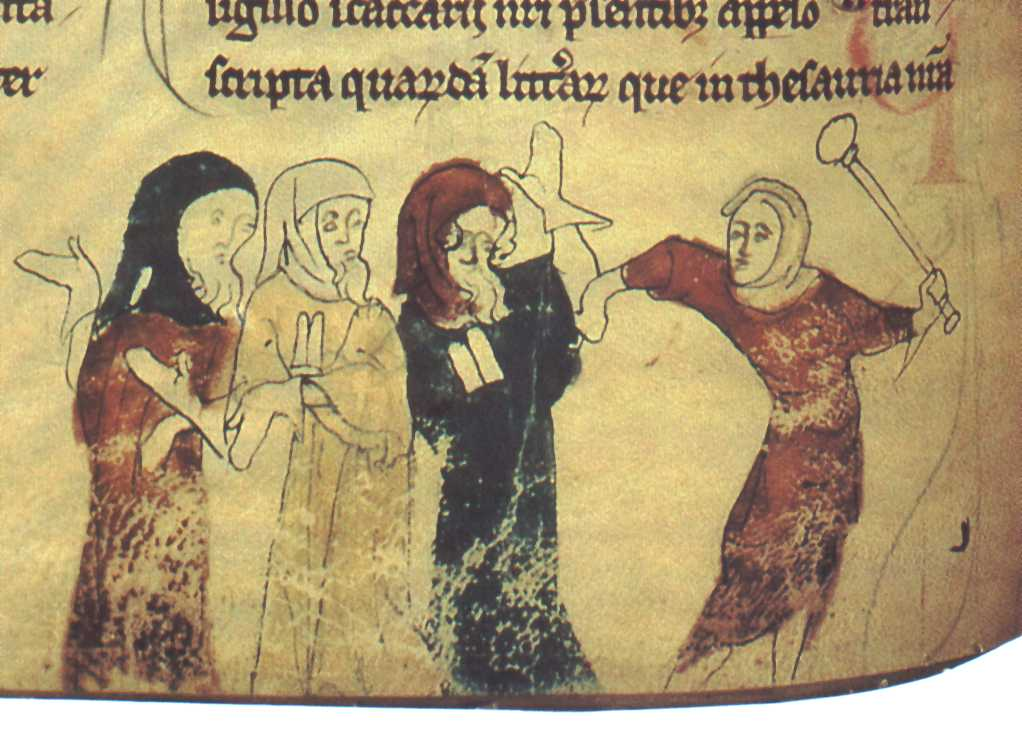


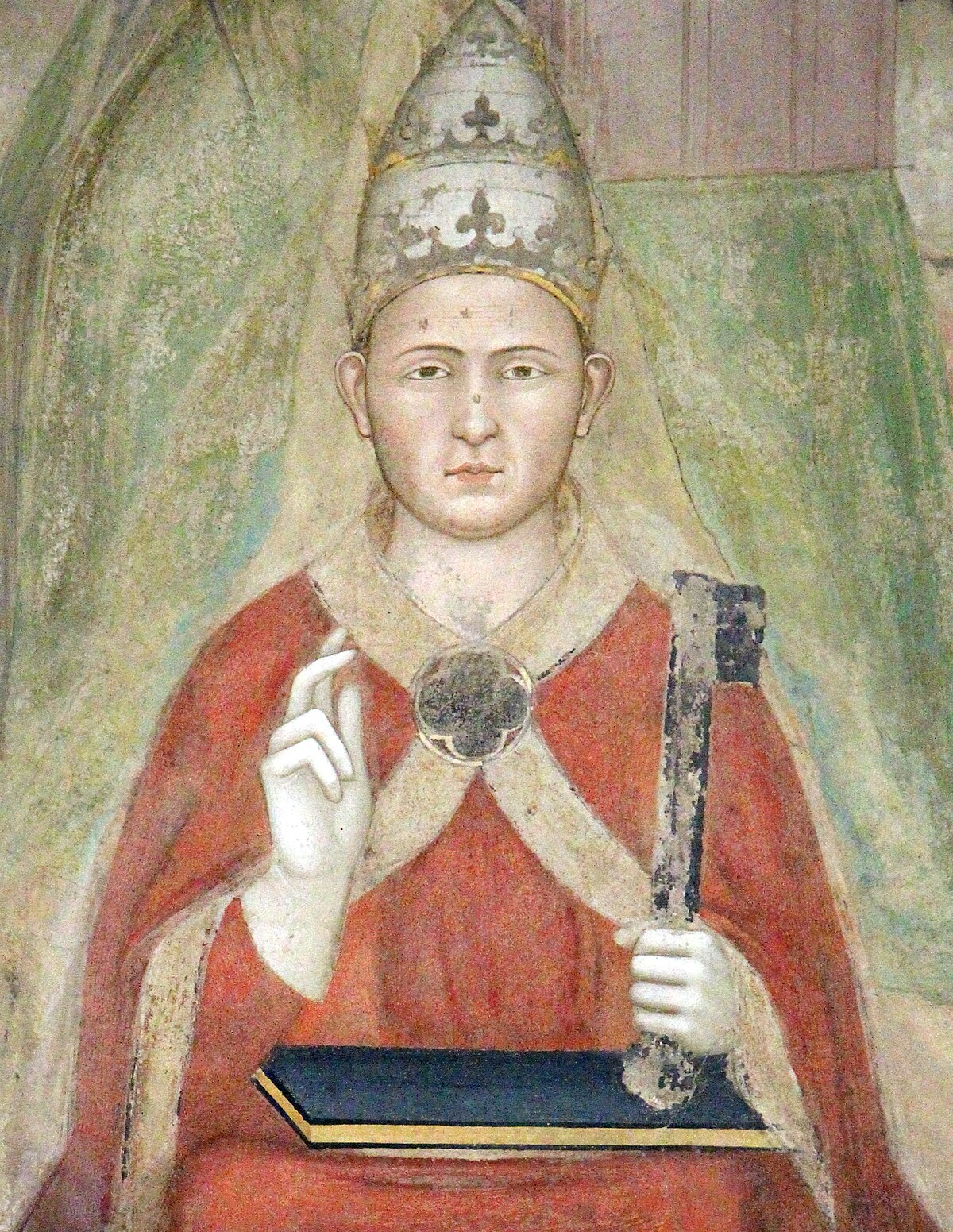



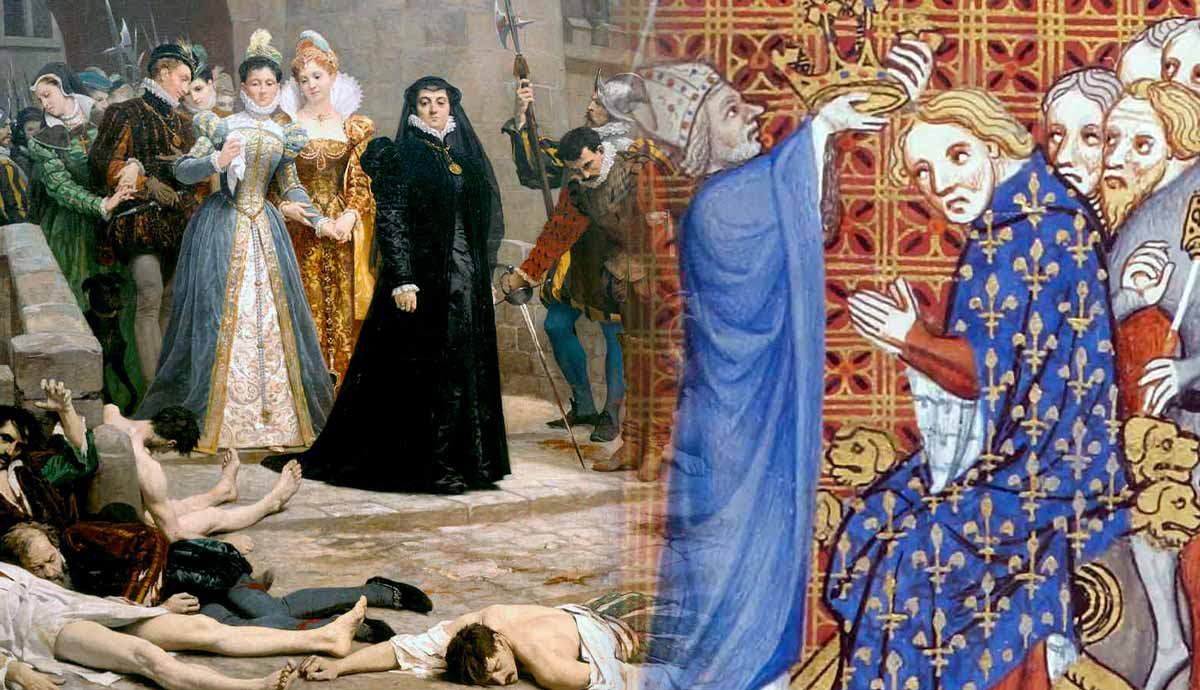

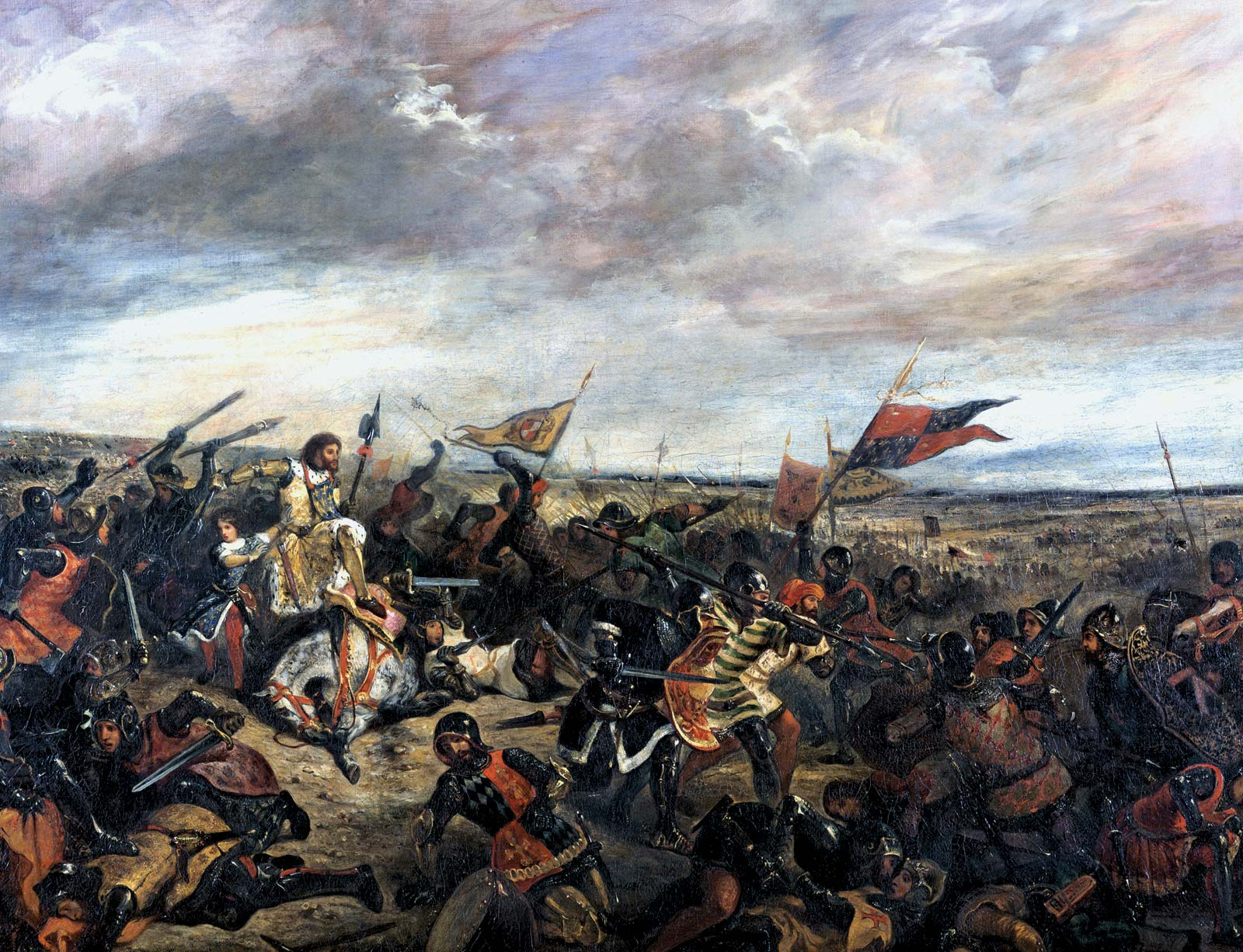







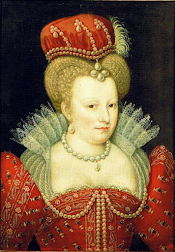





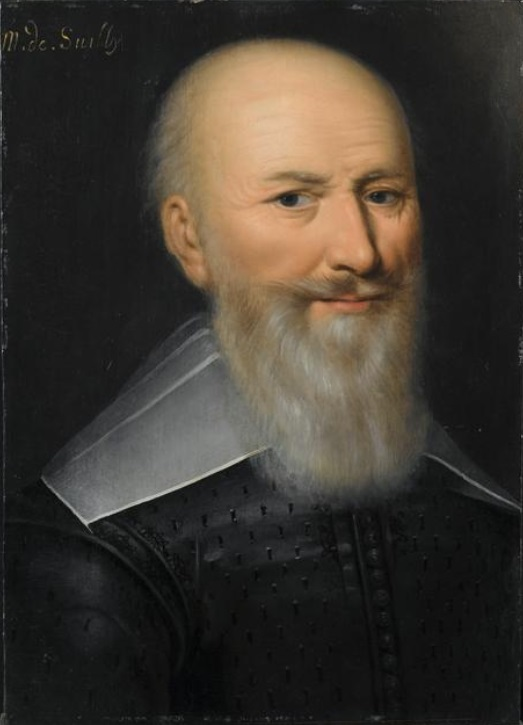






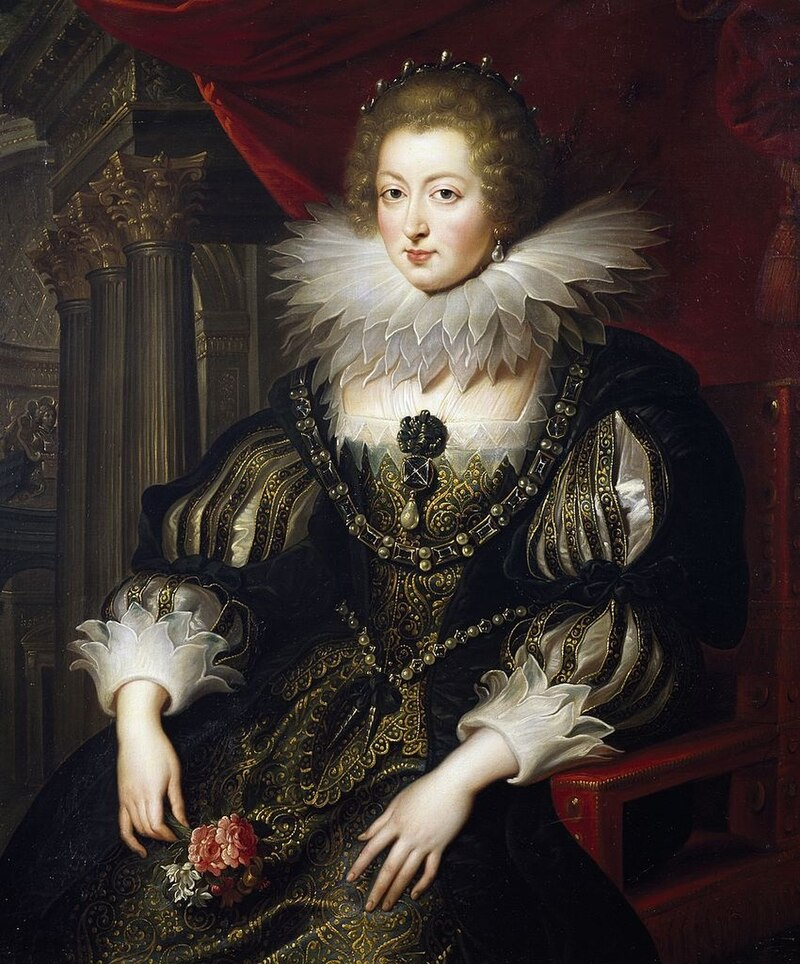











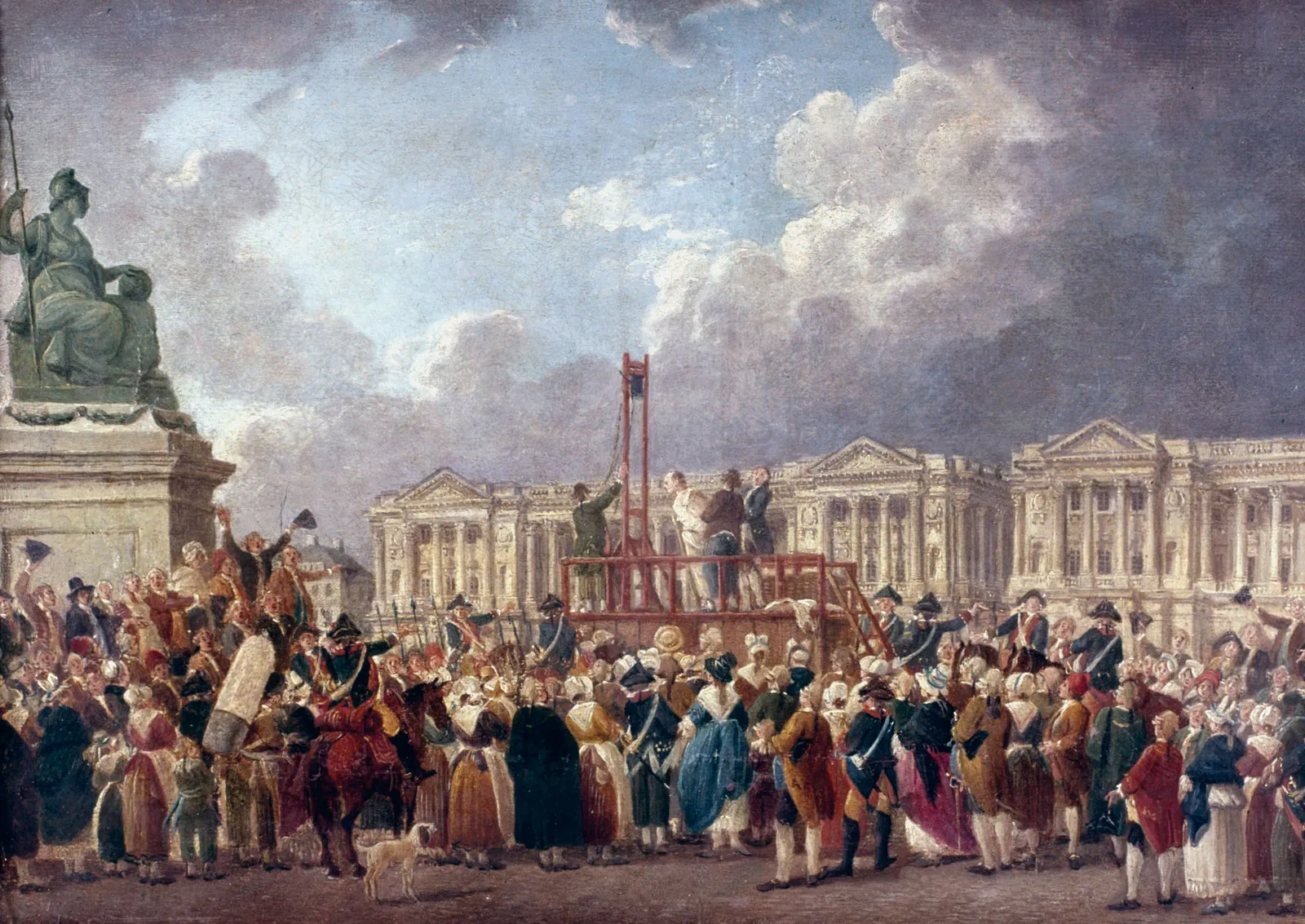





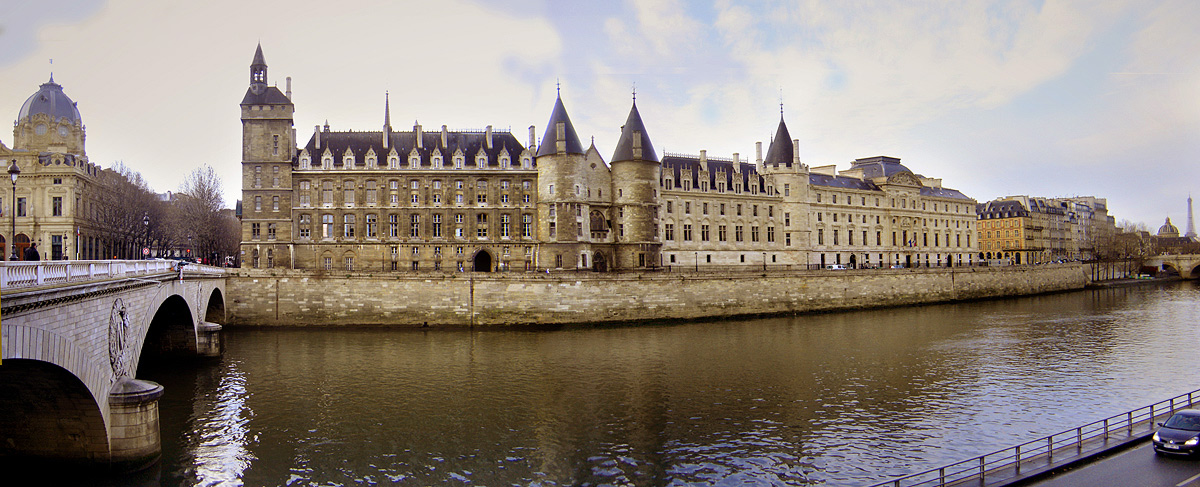
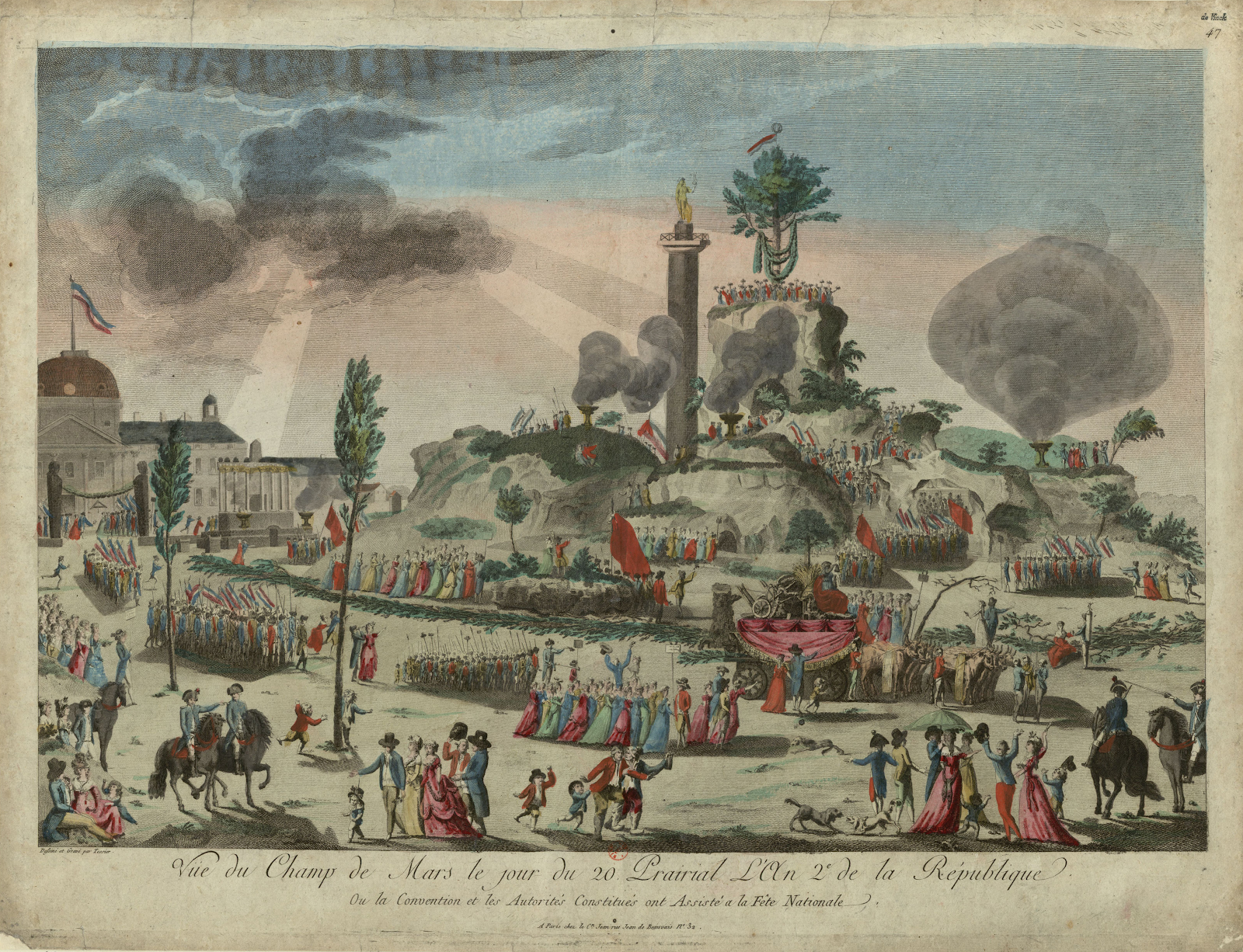




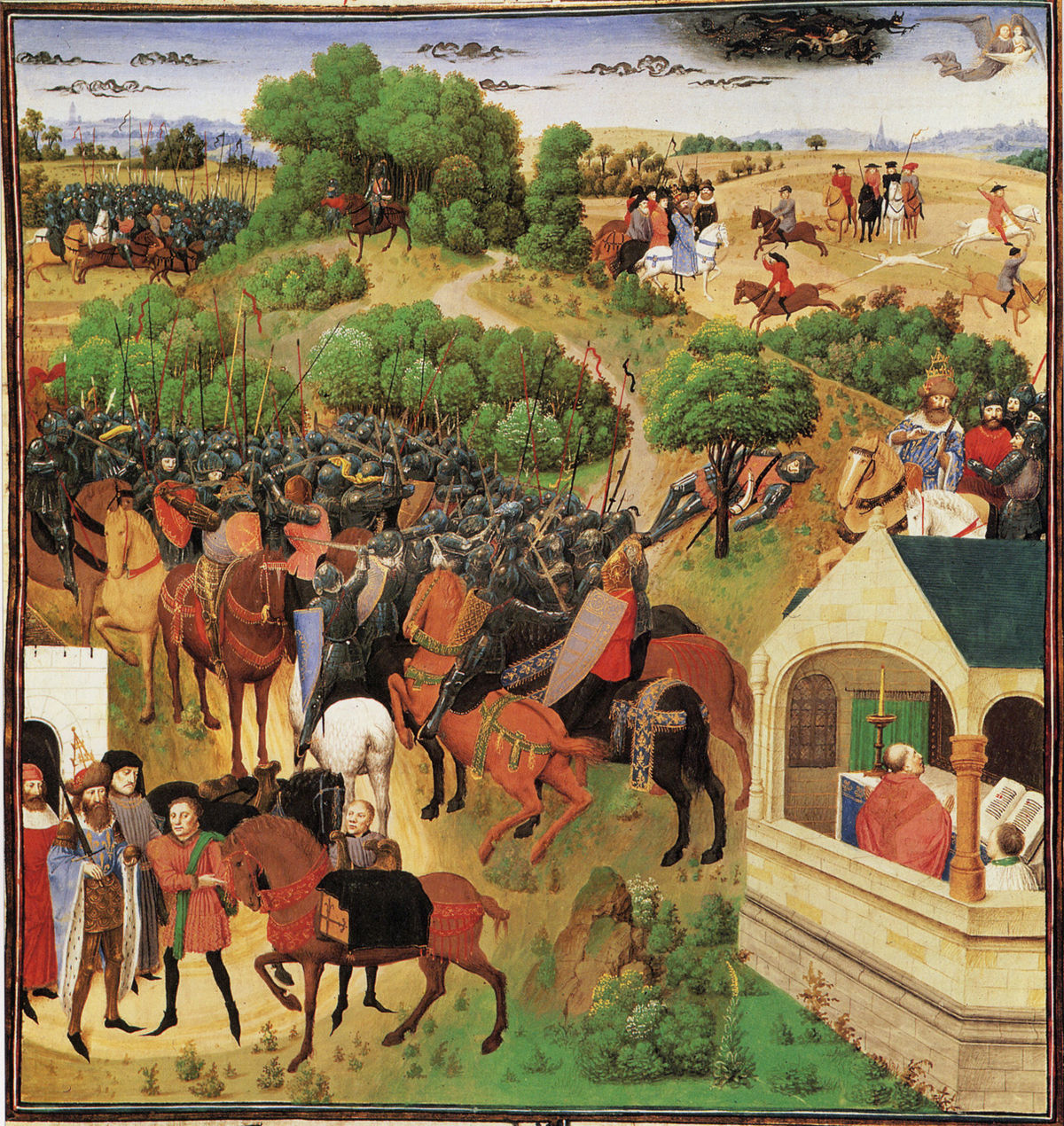
















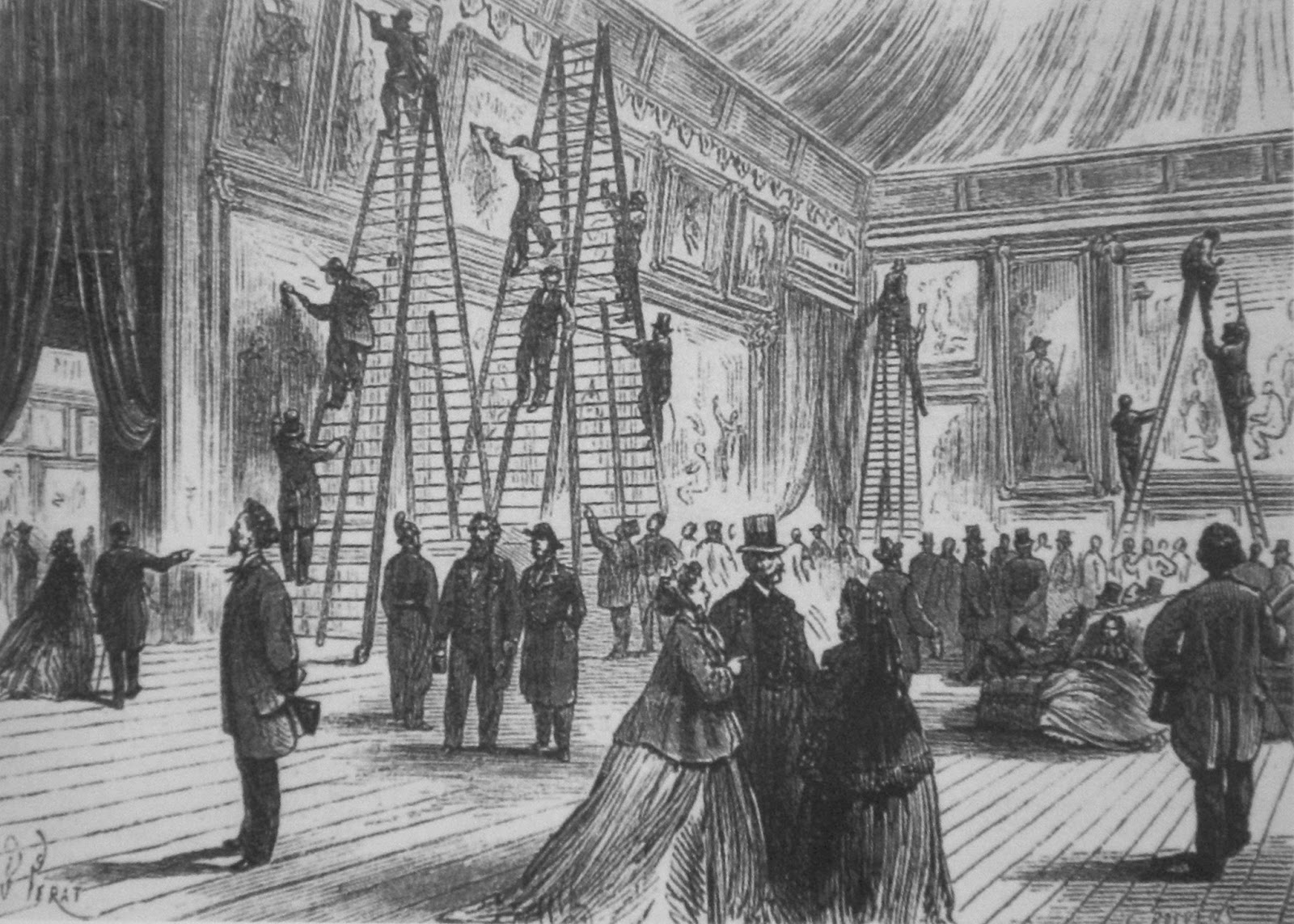








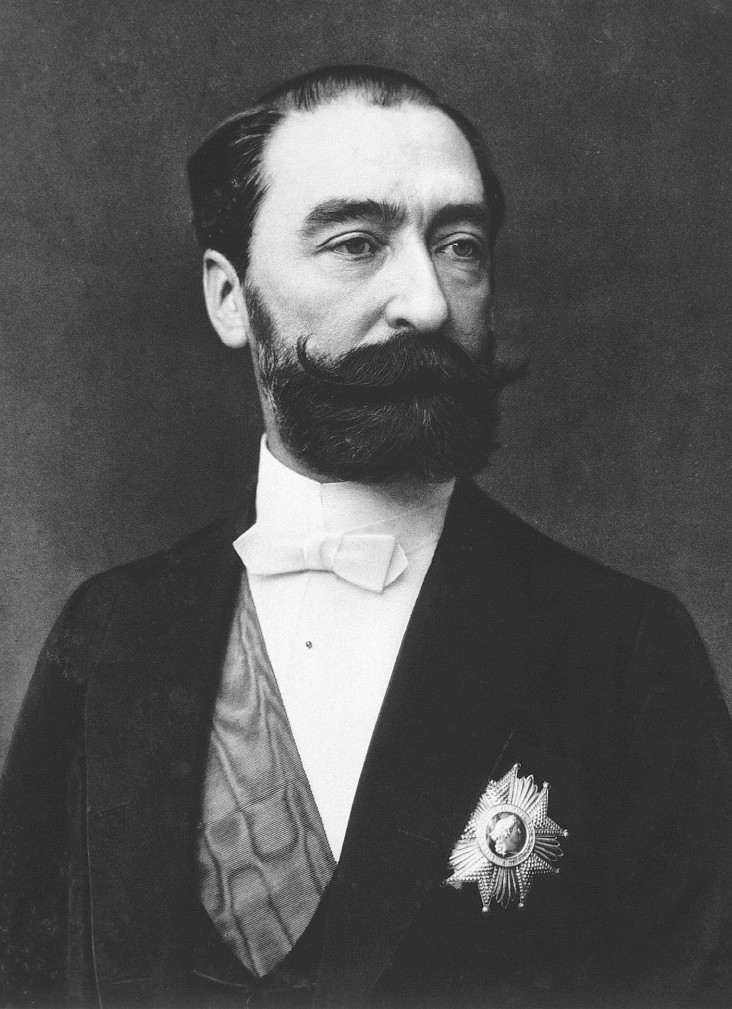


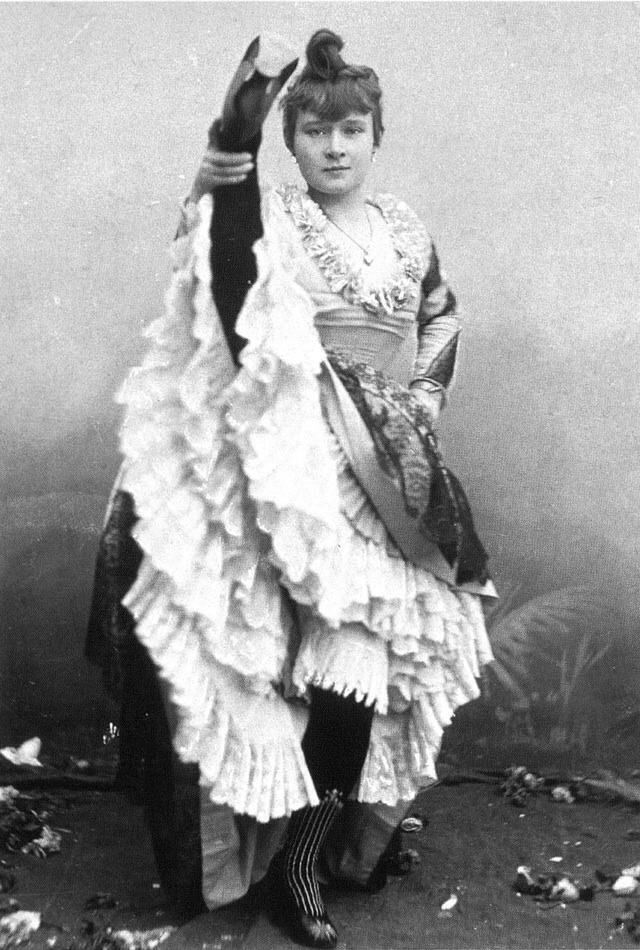




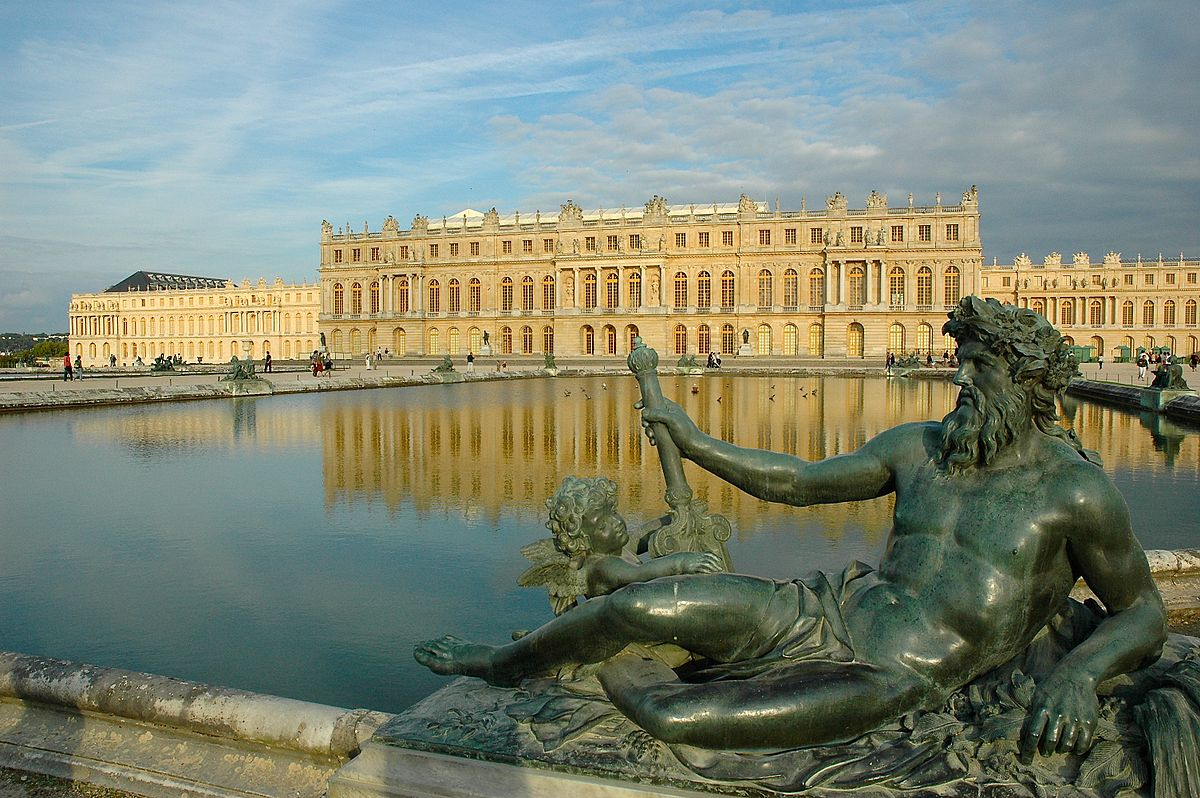







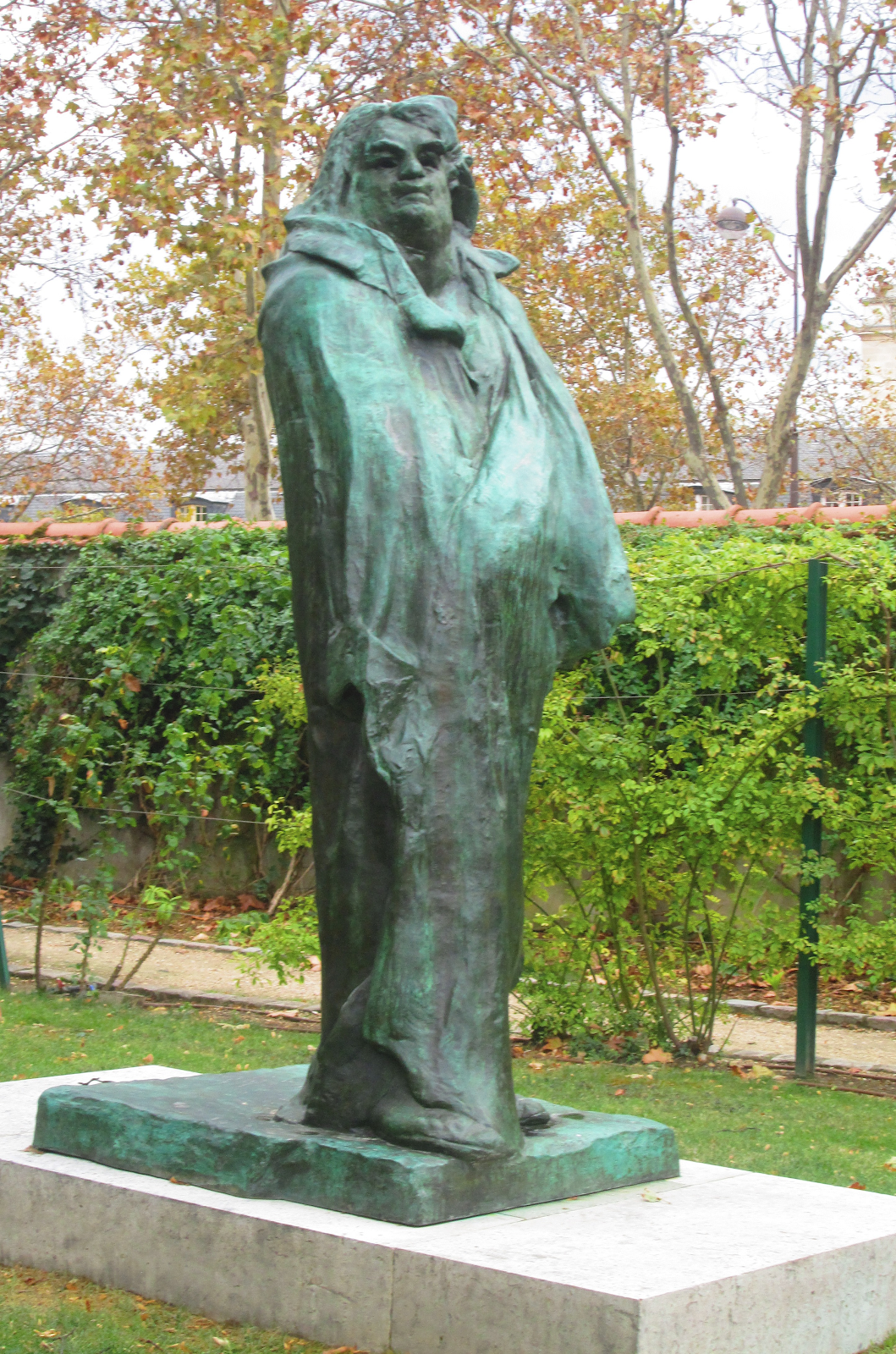













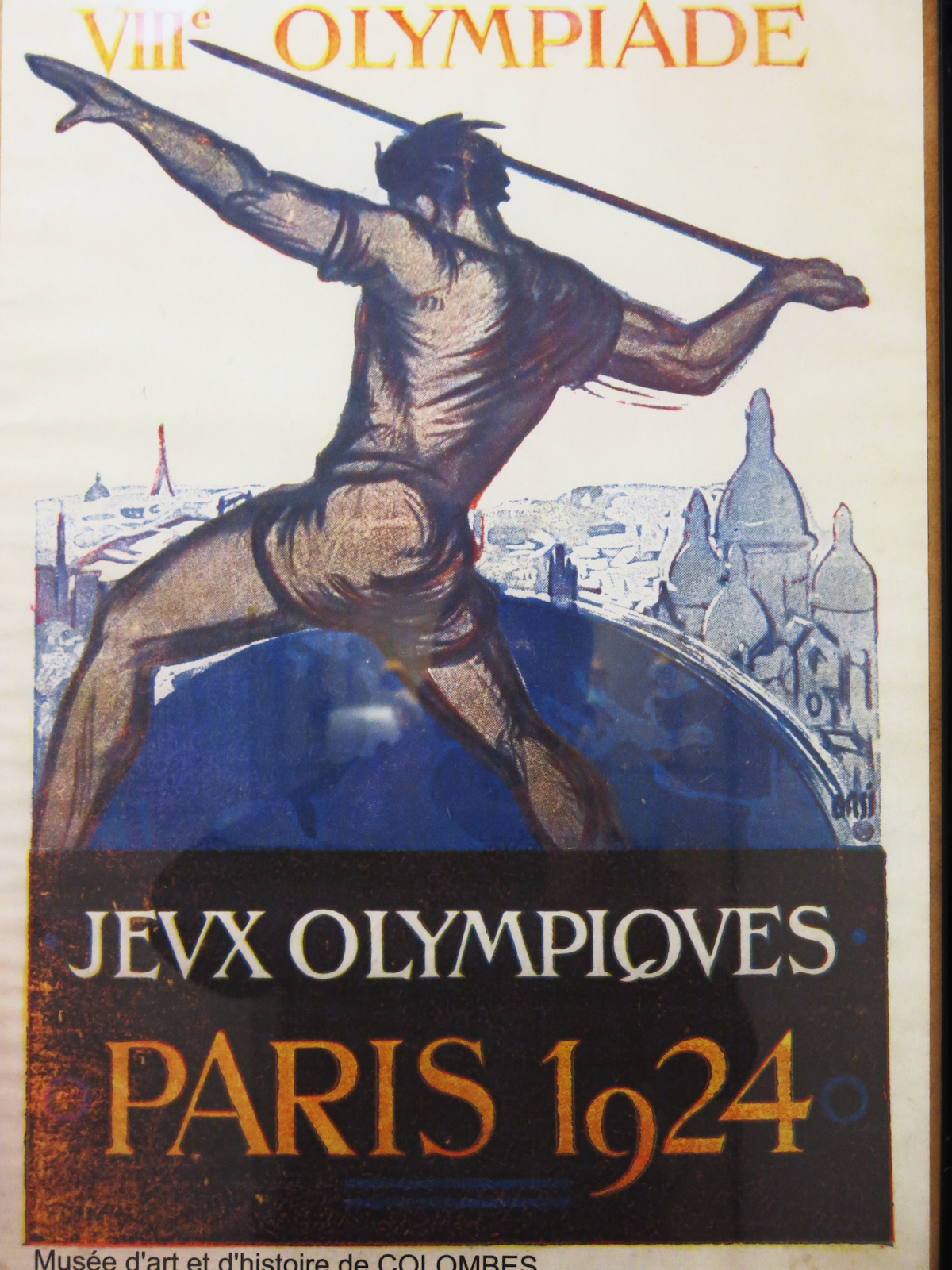


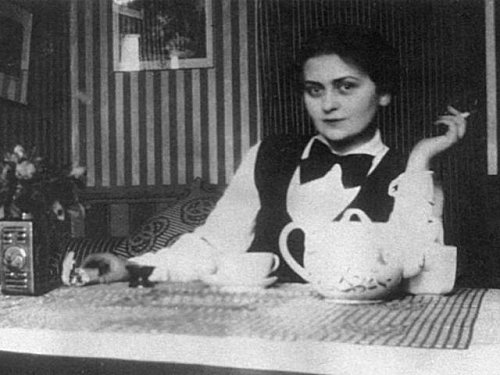








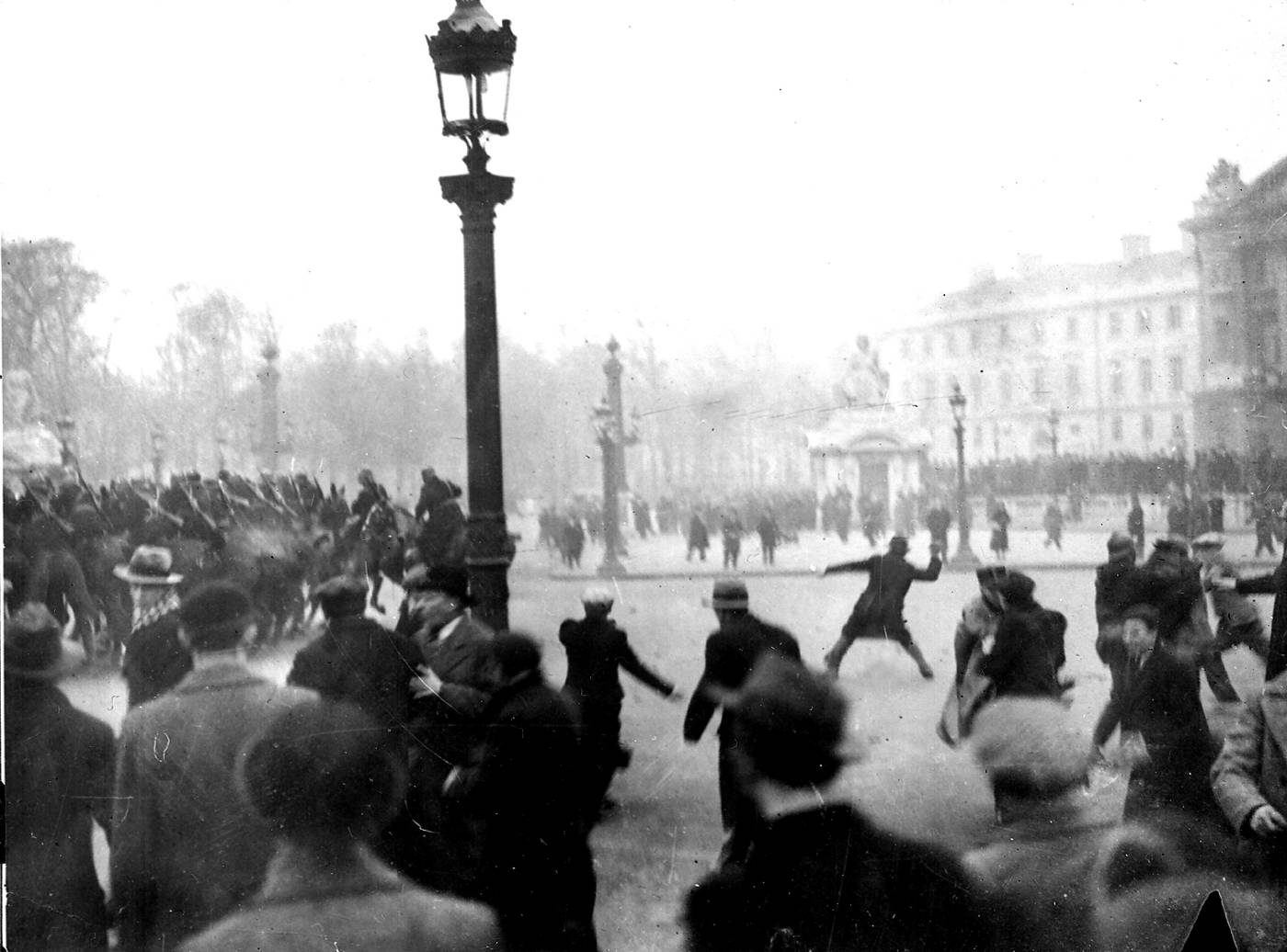



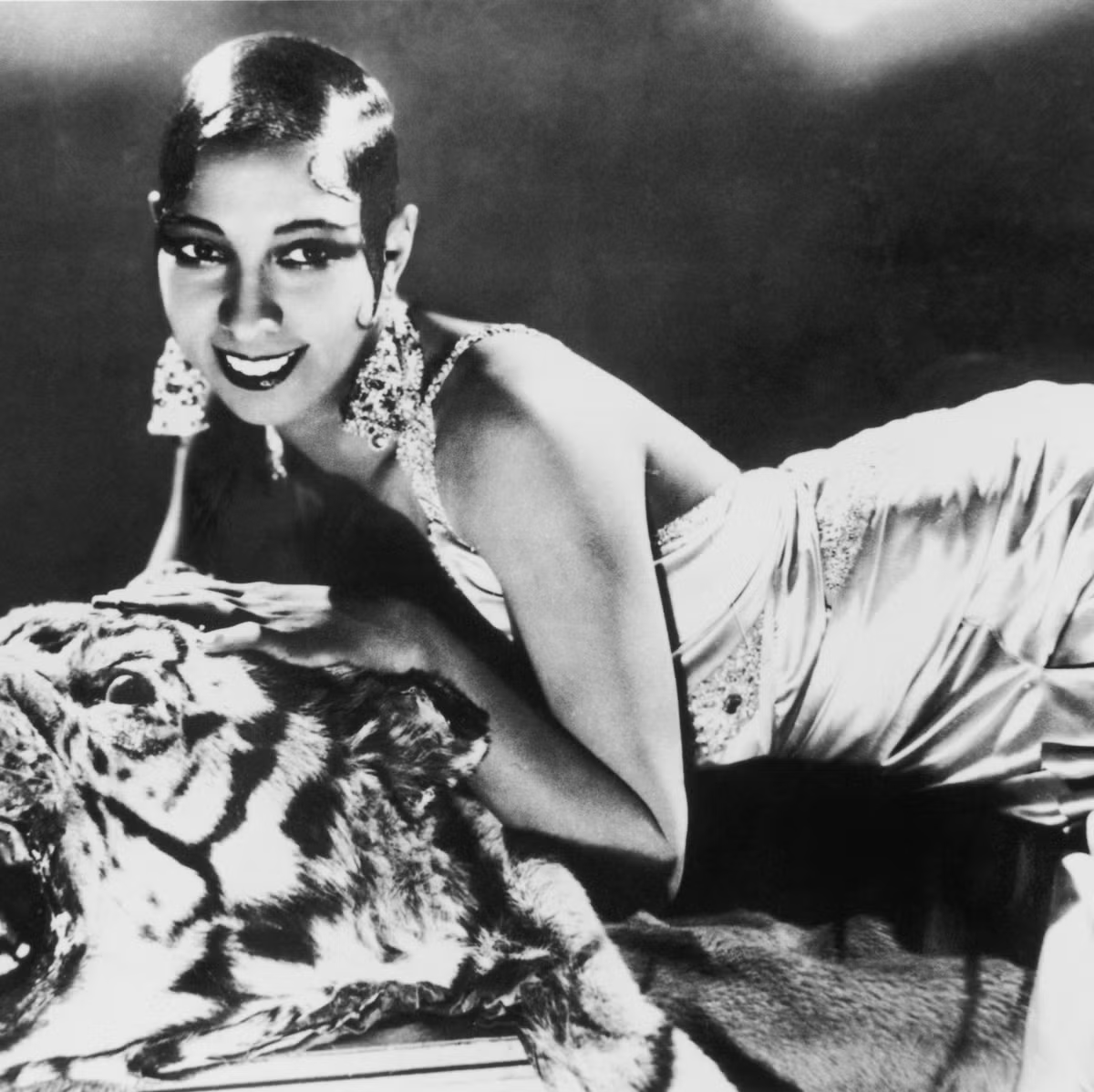






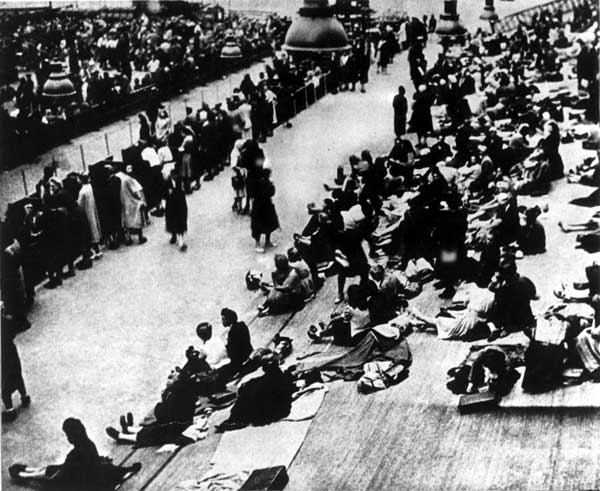



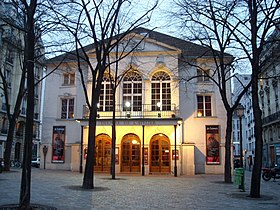




No comments:
Post a Comment